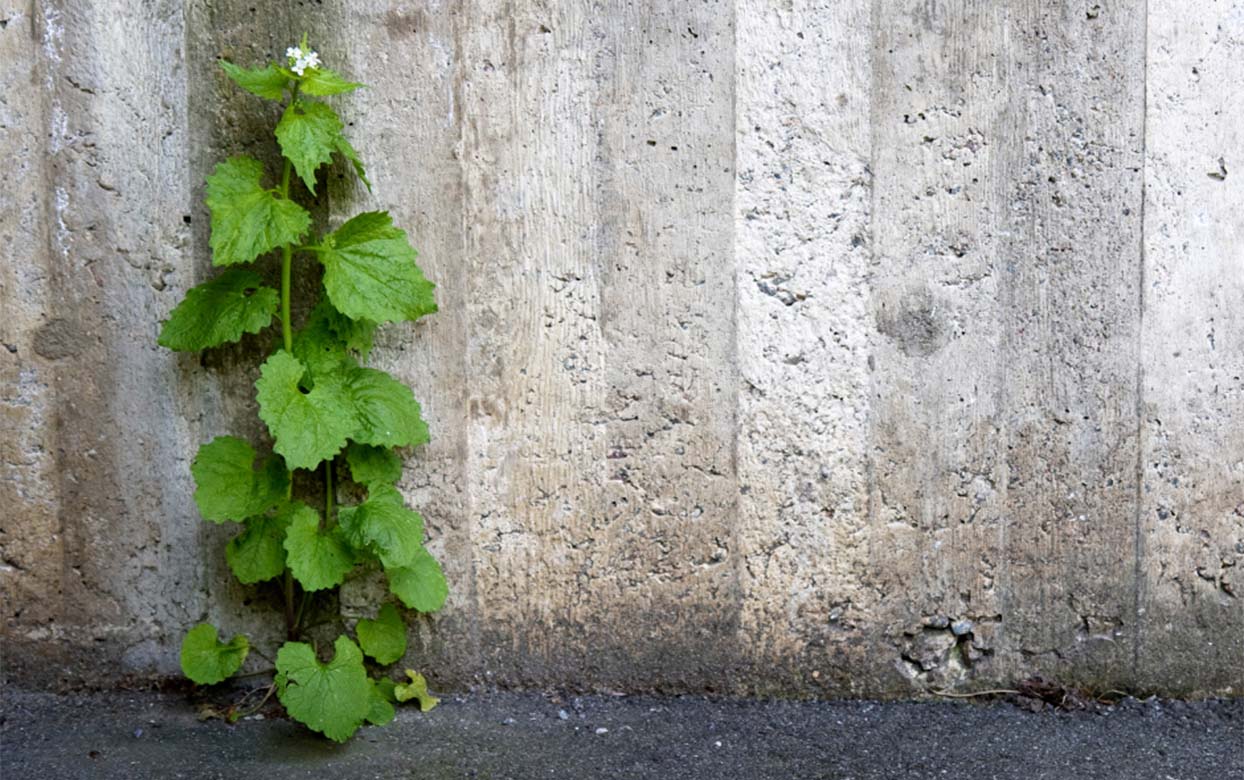Candelilla (Euphorbia antisyphilitica)
Join the february 2022 EcoQuest: alley adventures
Join the February EcoQuest: Alley Adventures
For this EcoQuest, find and map the plants and wildlife you can find in alleys.
Join the EcoQuest
For this EcoQuest, you will need to join the project and add every observation.
Please see this guide for help.
This month’s EcoQuest is in collaboration with the Urban Nature Society.
Urban Nature Society is a Phoenix-based non-profit organization dedicated to research and education around reconciliation ecology. Urban Nature Society connects with the city at large through community science opportunities, creation of urban habitats, stewardship of urban habitats, volunteer opportunities and resources for community groups wishing to create their own urban habitats. They also offer habitat and native plant consultation for public and private spaces through Line Lab.
Learn more and/or support the Urban Nature Society.
Visit Line Lab
Alleys have been around for a long time. They are said to have been an urban staple since 432 BC, revealed in the ancient alleyways of Greece. With varied purposes over time, alleys are now being considered as possible habitat and green spaces. Observations from this month’s EcoQuest can help us learn about the biodiversity that alleys hold and contribute to the Urban Nature Society’s efforts.
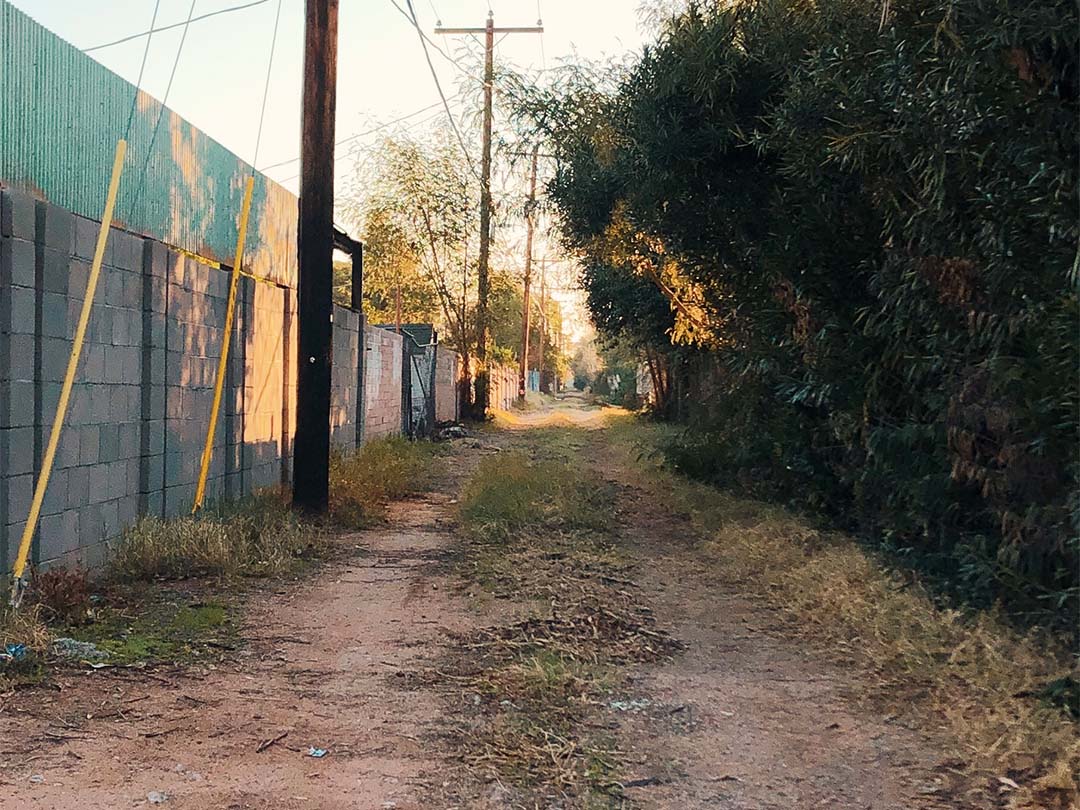
Despite their long history and close connection to urban residents, alleys are often overlooked and understudied areas of cities. Throughout time they have been used as public gathering places, communities, markets, areas for children to play and pedestrian footpaths, as well as coal delivery, waste services, utility maintenance and emergency access. In the early 1800s, alleys in America started earning a bad reputation as unhealthy and dangerous places. This stemmed from race and class stigmas, surrounding who used and lived in or near alleys. With the advent of automobiles, many Americans repurposed alleys for easy garage access. This changed how alleys were used, from public spaces and gathering places, to what we’re more familiar with today.
Alleys take up a considerable amount of space. Los Angeles has an estimated 1,998 acres of alley space, Chicago has 3,500 acres, and Baltimore has more than 600 linear miles. To put that in perspective, the L.A. alley space is about half the size of the city’s largest municipal park, Griffith Park! The areas with the most alleys are often the same places where parks are less accessible, and they tend to be low-income communities populated by people of color. This makes it even more important to think about how the space that alleys occupy can be used for conservation and equitable access to green spaces or parks. Could these existing spaces be revitalized or used in new ways? Some cities are already working on these transformations. Montreal, Canada, has more than 100 green alleys that look like secret gardens, with compost bins and rainwater barrels. Chicago started the Green Alley Program, focused on green infrastructure such as permeable pavements. San Francisco is working on “living alleys,” which act as pocket parks and public gathering spaces, lined with benches, planted with trees and close to nearby businesses.
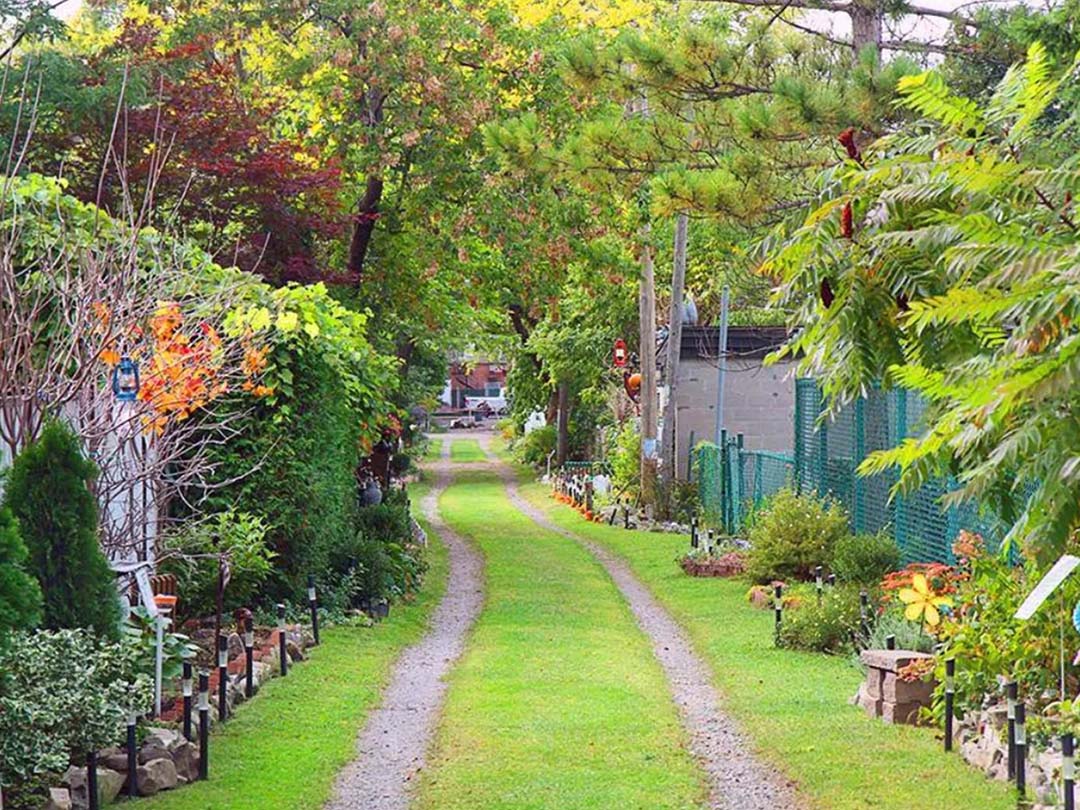
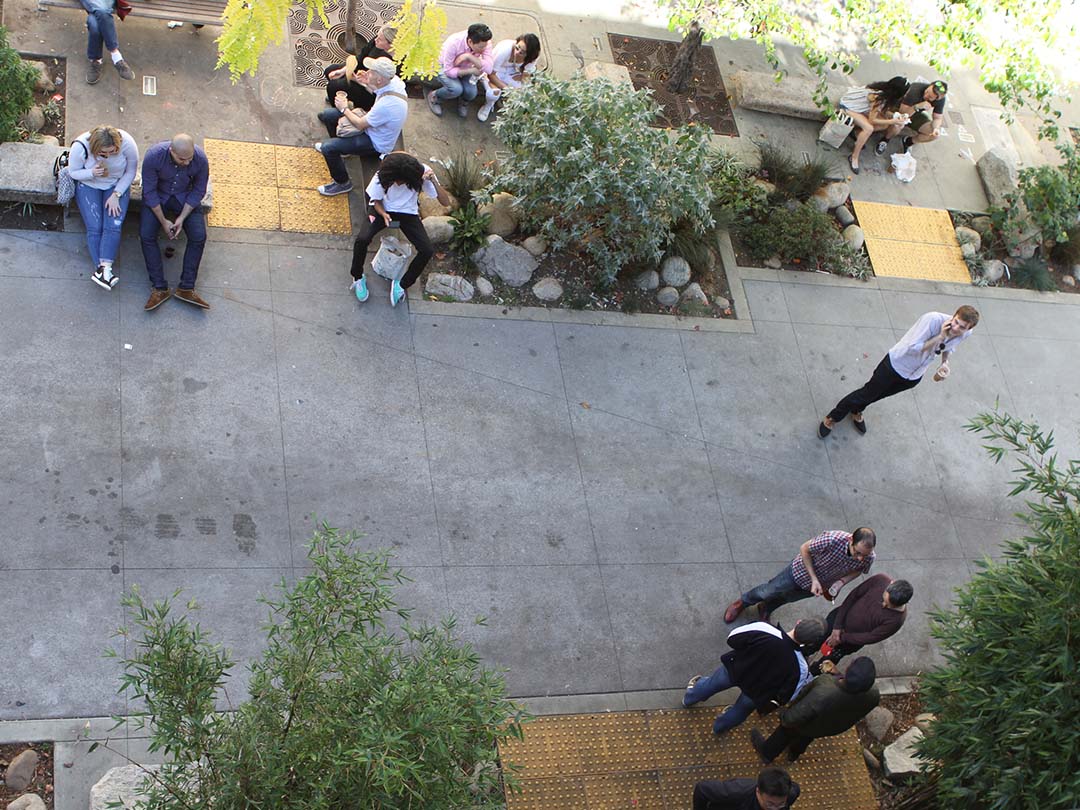
Image of Montreal green alley (Source: Bertrand Marotte)
Image of Linden Alley in San Francisco (Source: SF Parks Alliance)
Could we have green alleys in metro Phoenix while still having them accessible for municipal use? According to Phoenix City Code, property owners are technically responsible for some of the space in an alley (see City of Phoenix Code in Sources section). They are also responsible for making sure they do not violate blight codes and are maintained. It seems that if alleys are maintained for use and follow city code, property owners could utilize some of the space for planting plants. Planting along the edge of alleys could reduce pollution, clean the soil and filter runoff before it reaches stormwater drains. The plant life in alleys could also be less exposed to pressures like improper pruning and pesticide or herbicide spraying than other plants in landscaped areas. Alleys that are no longer in use could also become green spaces, especially in areas with inequitable access to parks. There are often concerns about crime when it comes to alleys, but having more activity in a place often reduces crime. One Phoenix couple has turned an alley into an art gallery, bringing more people through and making it safer. Alleys that are in use and those that are not could effectively be biodiversity highways, providing resources for pollinators and wildlife while connecting habitat.
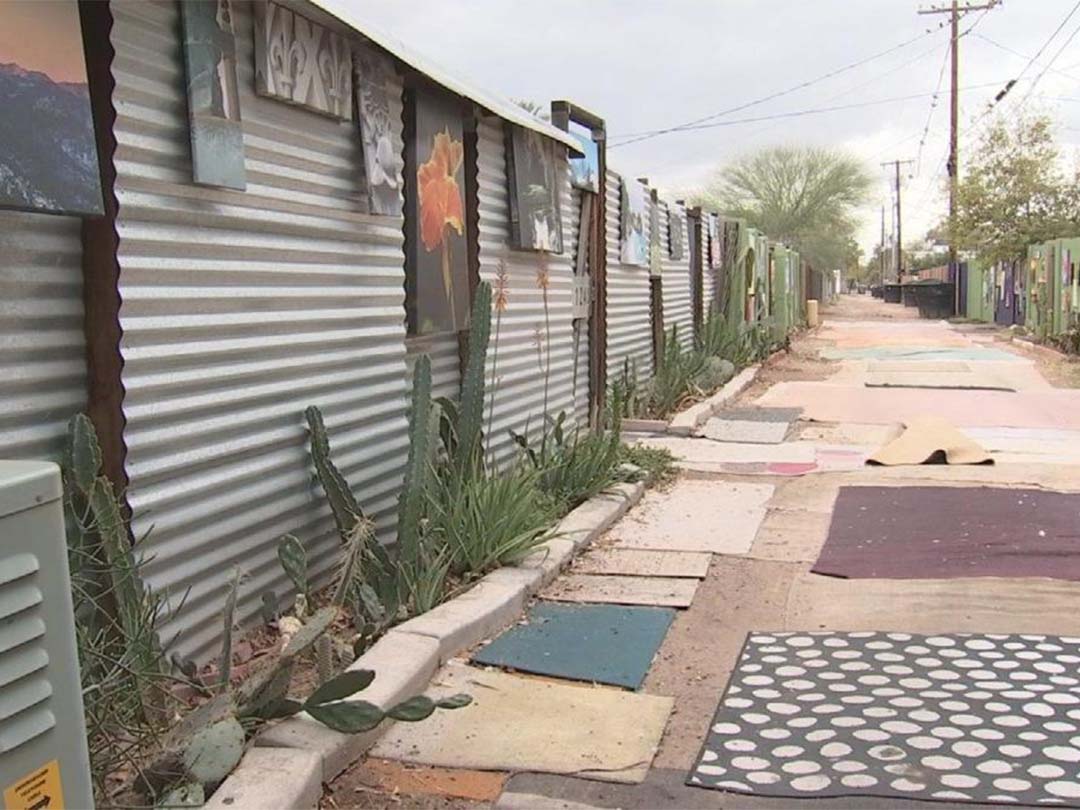
Image of art gallery and border plants in alley (Source: 3TV/CBS5)
What plant species are growing in alleys and are pollinators visiting them? What kind of wildlife uses them for finding food or as pathways to larger patches of habitat like parks? We encourage you to take some time to explore your local alleys and find out. Some alleys may already be habitat and pollinator corridors, and your observations can help us understand more about their current biodiversity.
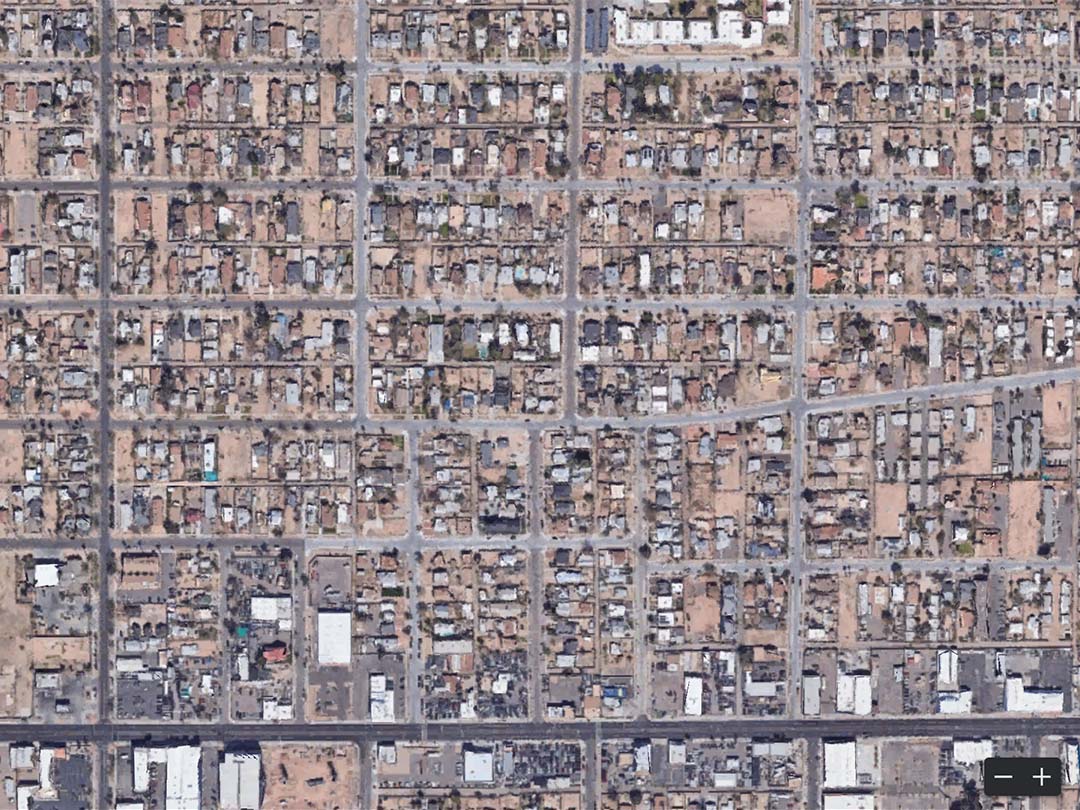
Aerial view of alleys in metro Phoenix. Source: Google Earth
Observations from this EcoQuest can contribute biodiversity data for alleys in metro Phoenix. We can learn about what plants and wildlife may be currently using them and how they could be utilized as habitat corridors and potential green spaces. This month’s observations also contribute to the Urban Nature Society’s .
While adventuring in local alleys, be alert. Be mindful of private property and do not trespass. Do not obstruct right of ways or create noise in quiet areas. We recommend observing with a buddy, but let someone know where you’re going and when you plan to return if observing alone.
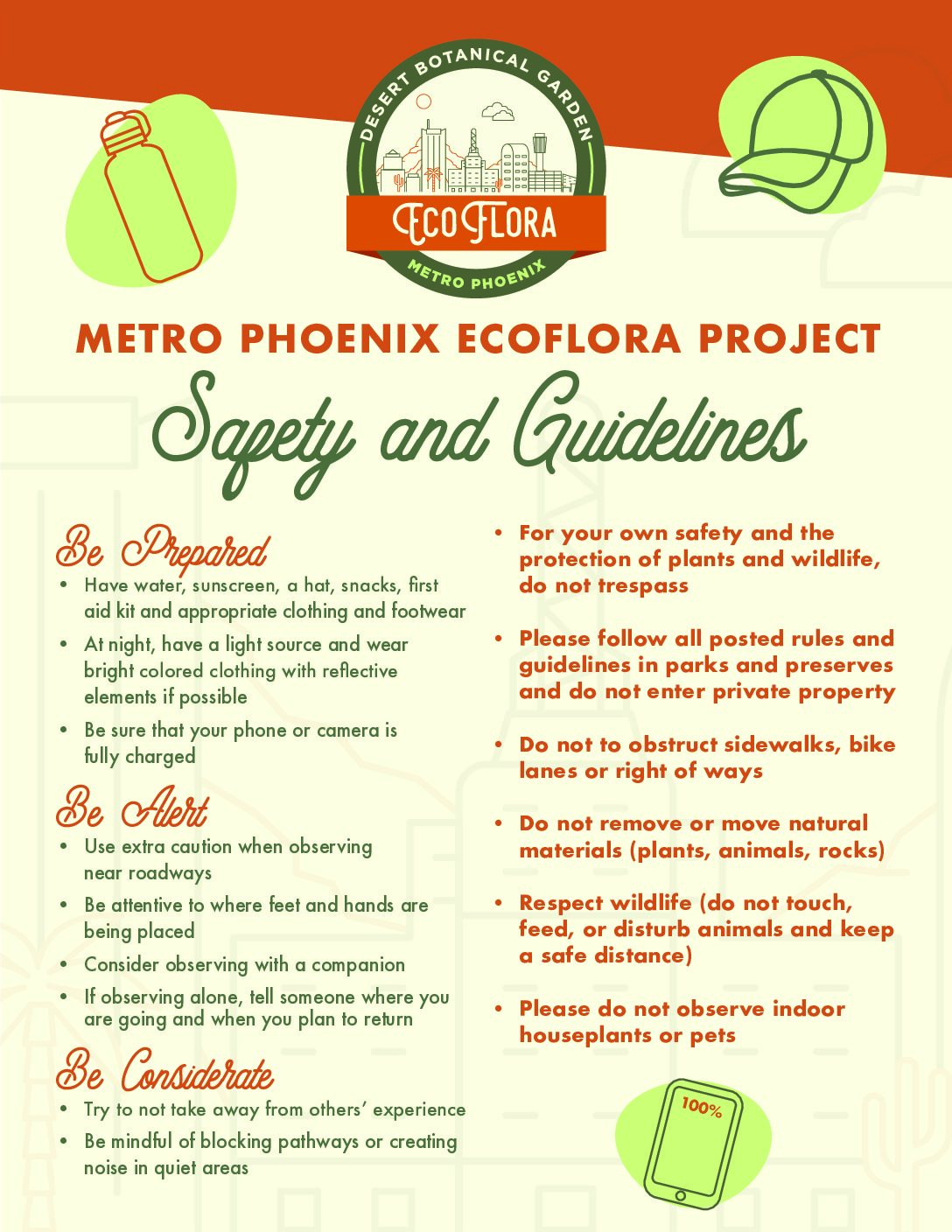
SOURCES AND MORE INFORMATION:
The Forgotten and the Future: Reclaiming Back Alleys for a Sustainable City
Green Alley Programs: Planning for a sustainable urban infrastructure?
City of Phoenix Blight Violations
https://tourism.az.gov/responsible-recreation-across-arizona
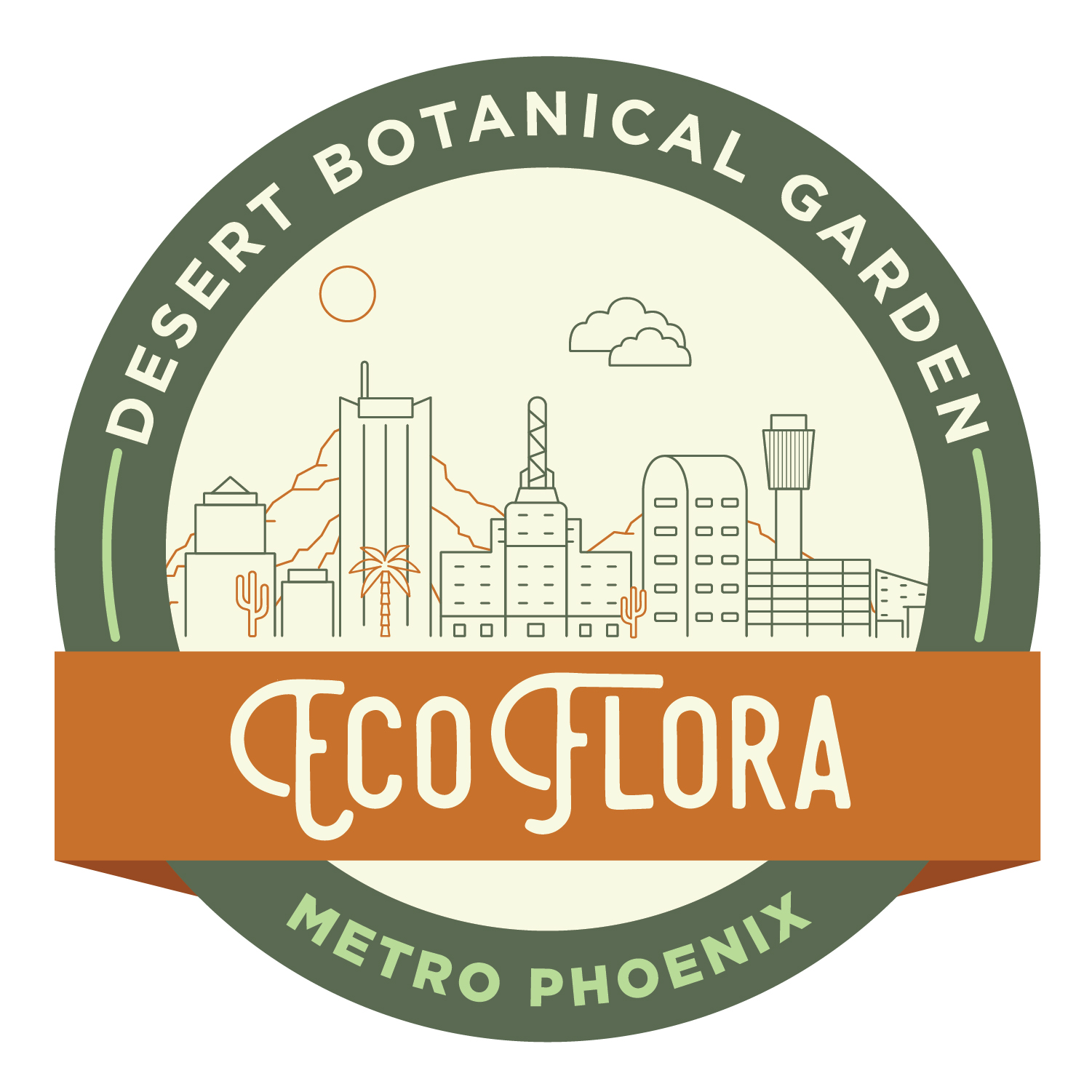
EcoQuests are month-long challenges that are part of the larger Metro Phoenix EcoFlora project. Learn more by visiting our website.
Look for project happenings, EcoQuest announcements and more in the newsletter, project journal and on social media.

Please do not observe indoor houseplants or pets.
For your own safety and the protection of plants and wildlife, do not trespass when making observations. Please follow all posted rules and guidelines in parks/preserves and do not enter private property.
Do not remove or move natural materials (plants, animals, rocks).
Respect wildlife (do not touch, feed, or disturb animals and keep a safe distance).
Observe COVID-19 Guidelines/Recommendations.
This is a great opportunity to observe and appreciate nature in our neighborhoods as we all navigate the complications of COVID-19. It is imperative that you follow COVID-19 guidelines/recommendations (wear a mask, practice physical distancing and wash your hands).
Do what’s best for you and your community.
For more COVID-19 information and guidelines, visit:
https://www.inaturalist.org/projects/city-nature-challenge-2020/journal/31768-cnc-covid-19
https://www.inaturalist.org/blog/31664-exploring-nature-when-you-re-stuck-at-home
Arizona Office of Tourism: Responsible Recreation in AZ
